“There’s a reason why wealthy people have colonized the Northeast of Sardinia and not another area, and called it the Emerald Coast” tells me a Sardinian friend.
The reason lies a few miles north, a scattering of islands in a frenzy of green and blue. “They spend their holidays on their boats and yachts; they come ashore on the Costa Smeralda only to dine in luxury restaurants in Olbia and Porto Rotondo, and during the day they move to La Maddalena”. And occupy all the best spots.
The good news is that you don’t need a yacht to visit this magical archipelago on the top northeastern corner of Sardinia. Renting a car isn’t strictly necessary either, although it will make your life easier. And yes, it’s worth the effort; the islands of La Maddalena, a protected natural park, combine different kinds of beaches (pebbles, rocks, soft white sand), salty silky water in one thousand nuances of blue, turquoise, green, so pure you’ll have fish swimming around your legs when you enter it; and a laidback, relaxed atmosphere, good food, warm hospitality, historic traditions, trekking paths in the infinite greens of the Mediterranean shrubs, levigated boulders emerging in strange shapes from the water like ancient monsters, a wealth of unique beauty to inebriate your eyes and ears and skin.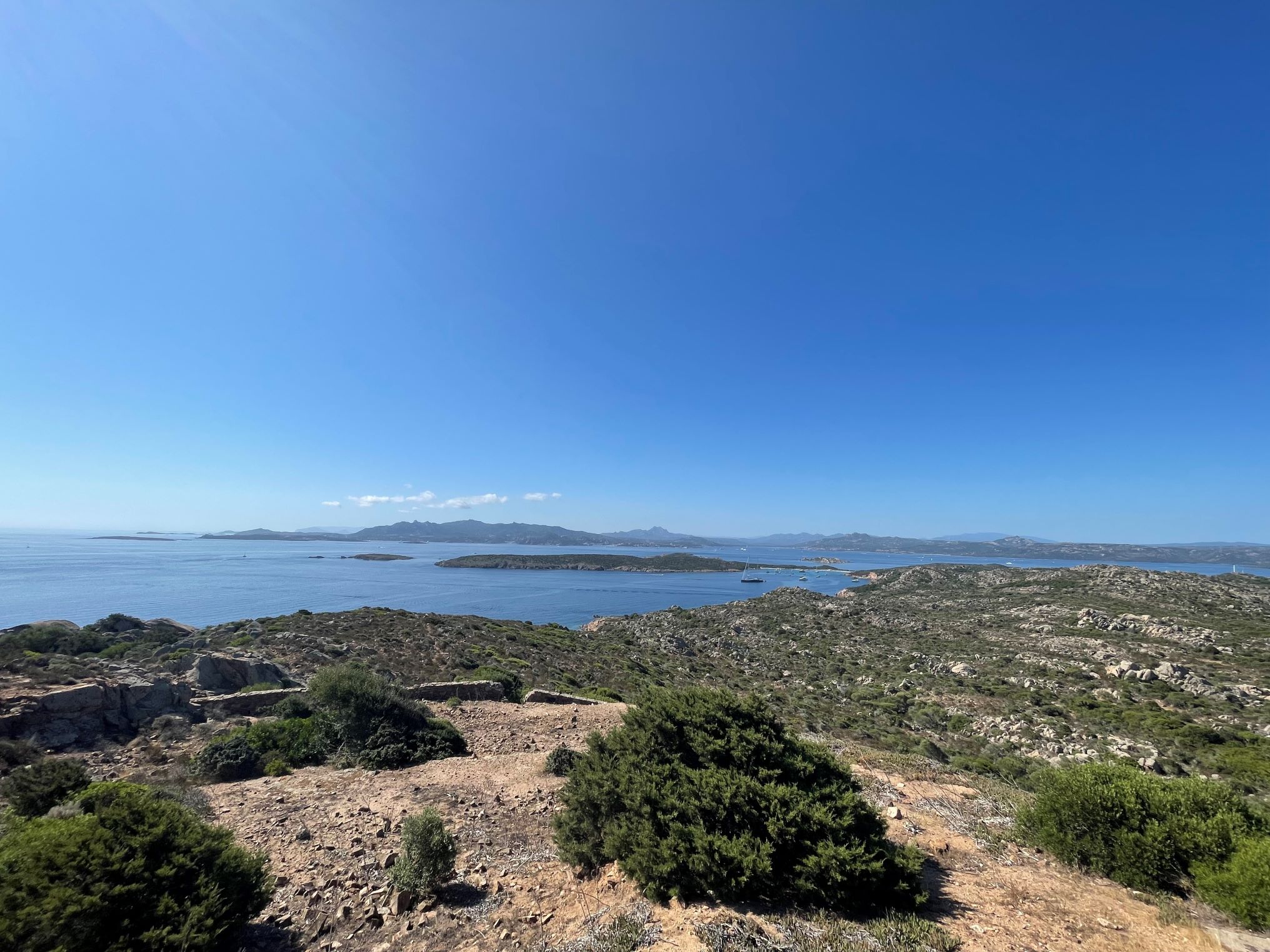
Sardinia, the great island, is a continent on its own, boasting an immensity of fascinating seaside resorts. However, most Sardinians do not live on the coast; they are by tradition farmers and shepherds. Most coastal resorts sprouted in the last 60 years to accommodate tourists when the world realized the beauty of the place: soulless conglomerate of summer rentals, deserted off season. Only a handful of coastal towns have a long history, sometimes a wonderful archeological past, and a seafaring tradition: among them the capital Cagliari and the island of San Pietro in the South, the town of Alghero in the North, the area of Oristano in the west… and the Maddalena islands.
From 1973 until 2008, the largest island, La Maddalena, hosted a US military base, with submarines and no less than 1300 military troops. At the time, the base absorbed a good deal of local resources and pushed some major contractors to build houses. In 2007, Romano Prodi – then prime minister – announced a whole new compound to host the 2009 G7 meeting and give new life to the local economy. In 2009, prime minister Silvio Berlusconi announced – in the nick of time – that the meeting would take place instead on the mainland in the city of L’Aquila, recently devastated by an earthquake (Merkel and Obama didn’t get to go to the islands).
People of La Maddalena didn’t like it (and many more didn’t like the huge waste of public money). In 2014, Club Med closed the village they had had for 60 years on Cala Garibaldi in Caprera (the huts, silent and empty, are still there behind the beach). However, given the closeness to Corsica, the archipelago is still a popular destination for French people; but I’ve also heard Russian, German, English and some Nordic and Eastern Europe languages spoken.
Today I’m leaving Sardinia again to go back home to Rome, filled with beauty. Some beaches could be cleaner, most of them are wild and services are scarce (almost nowhere can you rent the combo umbrella-and-two-sunbeds typical of Italian summers). But it manages to transmit wilderness even among throngs of people, and sheer breathtaking charm: the light giving tender hues to the mornings and the evenings, and utmost translucence to the days; the colors hitting your senses; the impact of the natural surroundings reminding us to be grateful for the sea, the shrubs, the tamarisks and myrtles filling the air.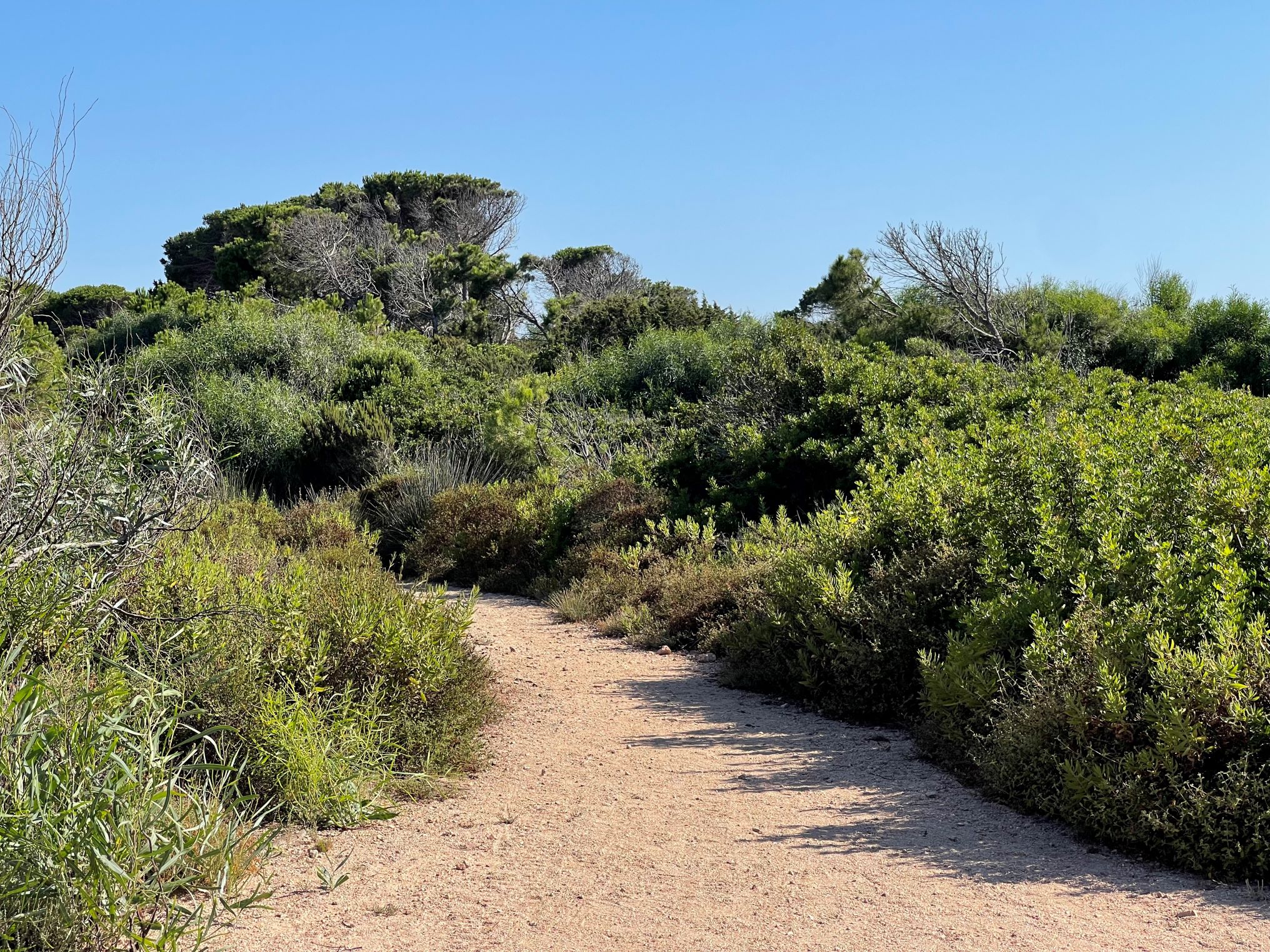
WHAT IT IS
The archipelago has seven major islands and another 55 small ones. Only the largest two (La Maddalena and Caprera) are inhabited. Ferryboats arrive in La Maddalena, but the main island is connected to Caprera by a bridge, so you can explore them both. You could get an idea of the place in two days; add a third one if you want to tour the islands by boat; or, spend an indefinite amount of time enjoying the many, many coves and beaches of the archipelago.
HOW TO GET THERE
The nearest international airport is Olbia (you can also reach Olbia by ferry from mainland Italy, or fly to Alghero or Cagliari and drive across Sardinia). From Olbia, drive or take a bus for the last 30 kilometers to Palau (on a winding road) and take the ferry to La Maddalena bustling town (it leaves every hour or so; it’s a 30-minute cheap trip).
WHERE TO SLEEP
There are no hotels on Caprera; you must sleep on La Maddalena. Plenty of hotels, B&B’s and flats on the main island. Most restaurants offer seafood and typical Sardinian dishes.
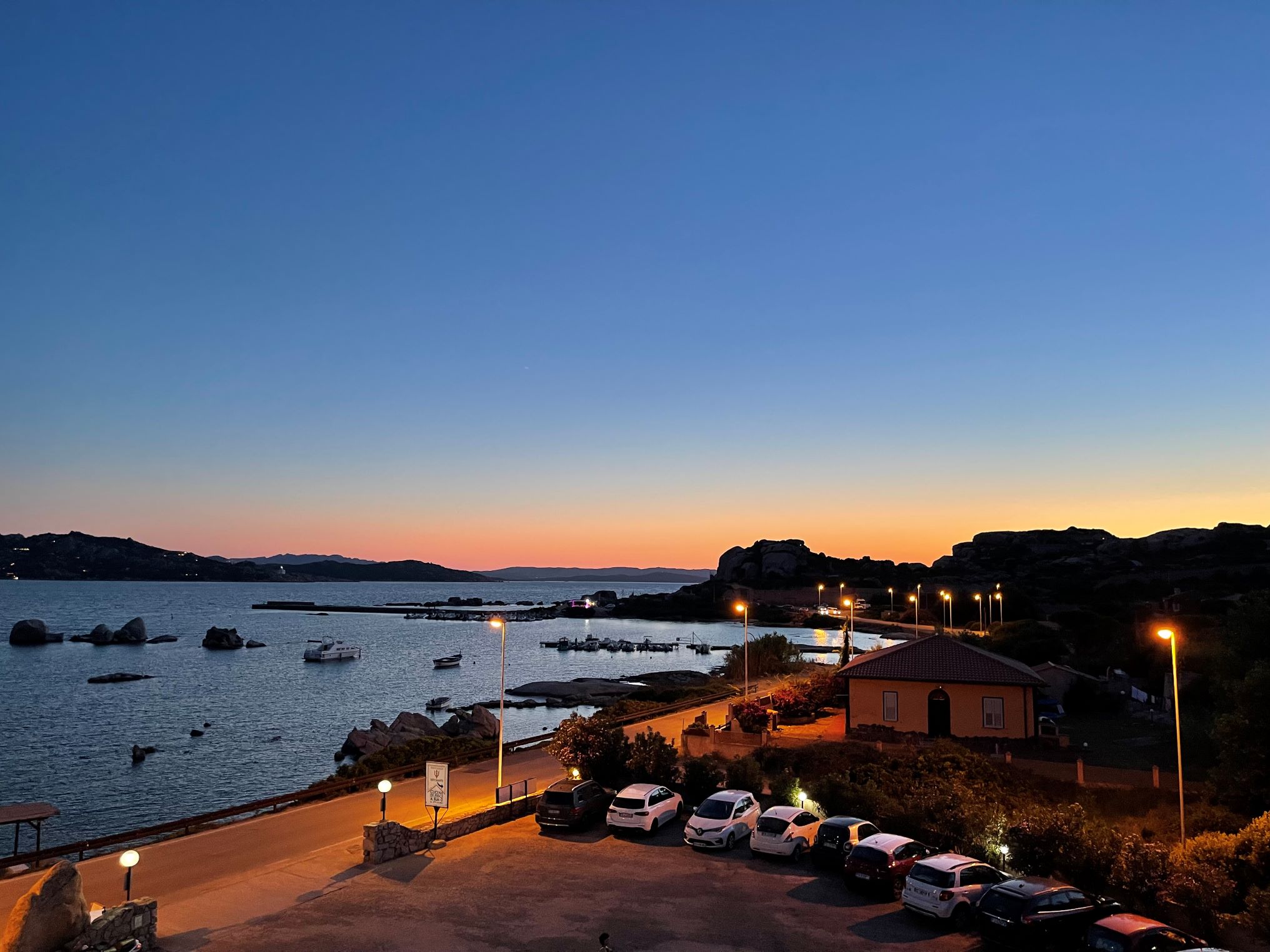 HOW TO GET AROUND
HOW TO GET AROUND
You can use the local bus system, reaching most major beaches both in Maddalena and Caprera; it is, however, rather slow. You’ll find bike, ebike and scooter rentals in La Maddalena town. If you rent a car, it is advisable to do so in Olbia. On Caprera, be prepared to drive on narrow dirt roads to reach the beaches, possibly with a manual shift, looking for parking among shrubs. It’s all part of the experience.
In high season, most beaches are crowded, but not impossibly so (Spalmatore, Strangolato, Trinità, Testa del Polpo on La Maddalena; Cala Garibaldi, Spiaggia del Relitto, Spiaggia dei due mari, Andreani on Caprera). You can also just stop along the road and hop down wherever you fancy – on the coast there are many astonishingly blue inlets so small they have no name. However, if you are prepared to walk 30/60 minutes you can reach some beautiful semi deserted coves such as Cala Serena, Cala Napoletana or Capo Crocitto on Caprera; the translucent water, the rich green of the vegetation make for an enchanted paradise. Of course, these are also the bays where boats and yachts flock in season (oh those people coming from the Emerald Coast!). They may be annoying, but they are not supposed to discharge anything into the water or to get closer than 200 meters to the beach. You can, of course, get a rental boat yourself, with or without skipper; there are a lot of commercial enterprises organizing tours of the islands. It is the only way to visit the rest of the archipelago, although some places are closed to the public, and the celebrated “pink beach” on Budelli (the color comes from the fragments of a particular shell) can be admired only from afar.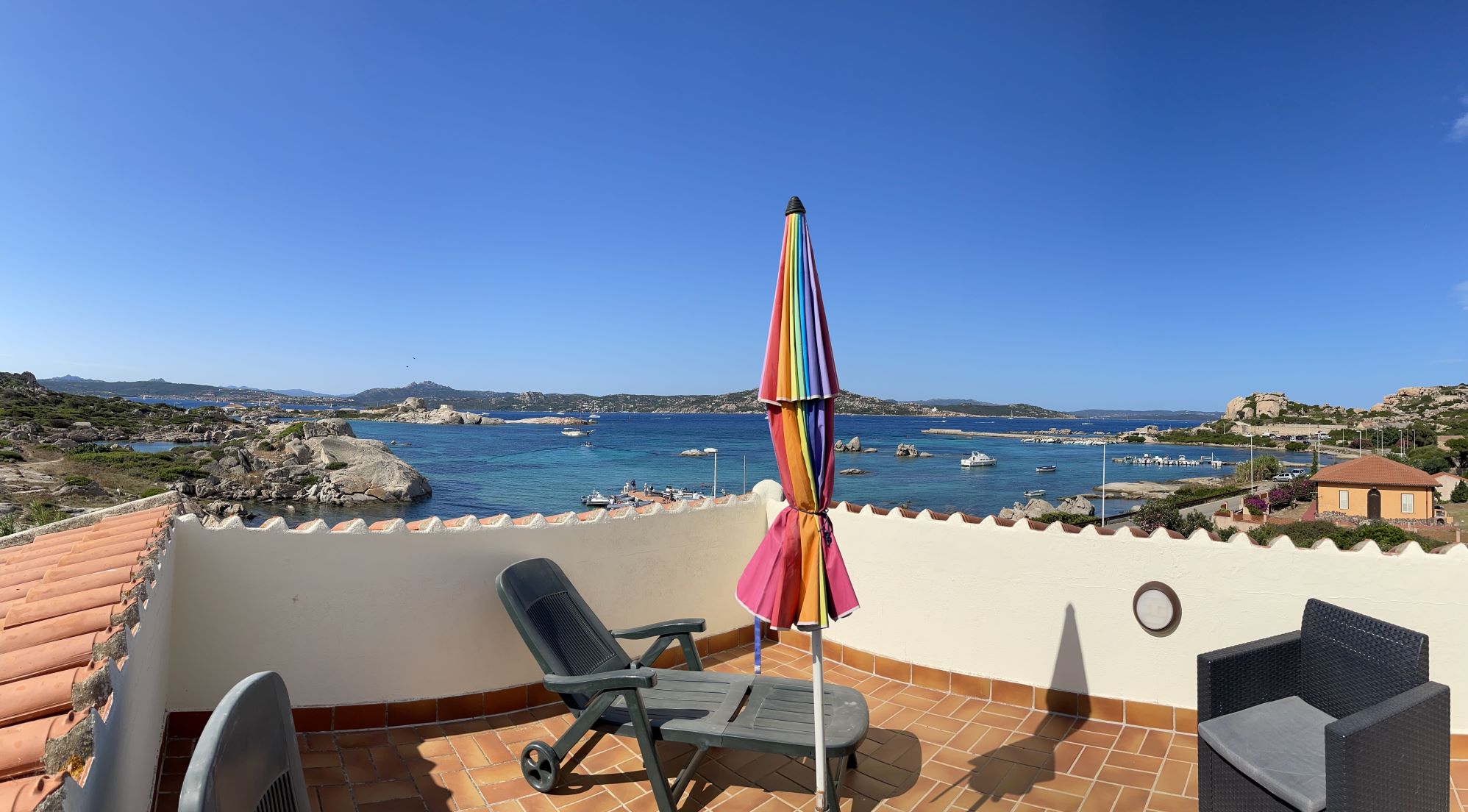
WHEN TO GO
July and August are obviously high season; most Italians take their holidays during these two months. They are also very, very hot. However, Sardinia is beautiful in the spring (May and June, although the water is cooler) and fascinating in September and early October. The days are shorter, but the quality of the light is extraordinary and the sea water at its warmest point.
WHAT YOU WILL NEED
Sneakers for reaching some beaches, a mask for snorkeling if you are so inclined, a sun umbrella and/or high protection sunscreen. The sun in Sardinia can be punishing if you are not careful. On windy days you might not realize how strong it is.
THE WIND
Sardinia is a windy island, even in summer. The northwestern mistral blows strong and cold (it can be a relief at the height of the season). On the Maddalena islands however, you can change beach and pick one facing away from the wind.
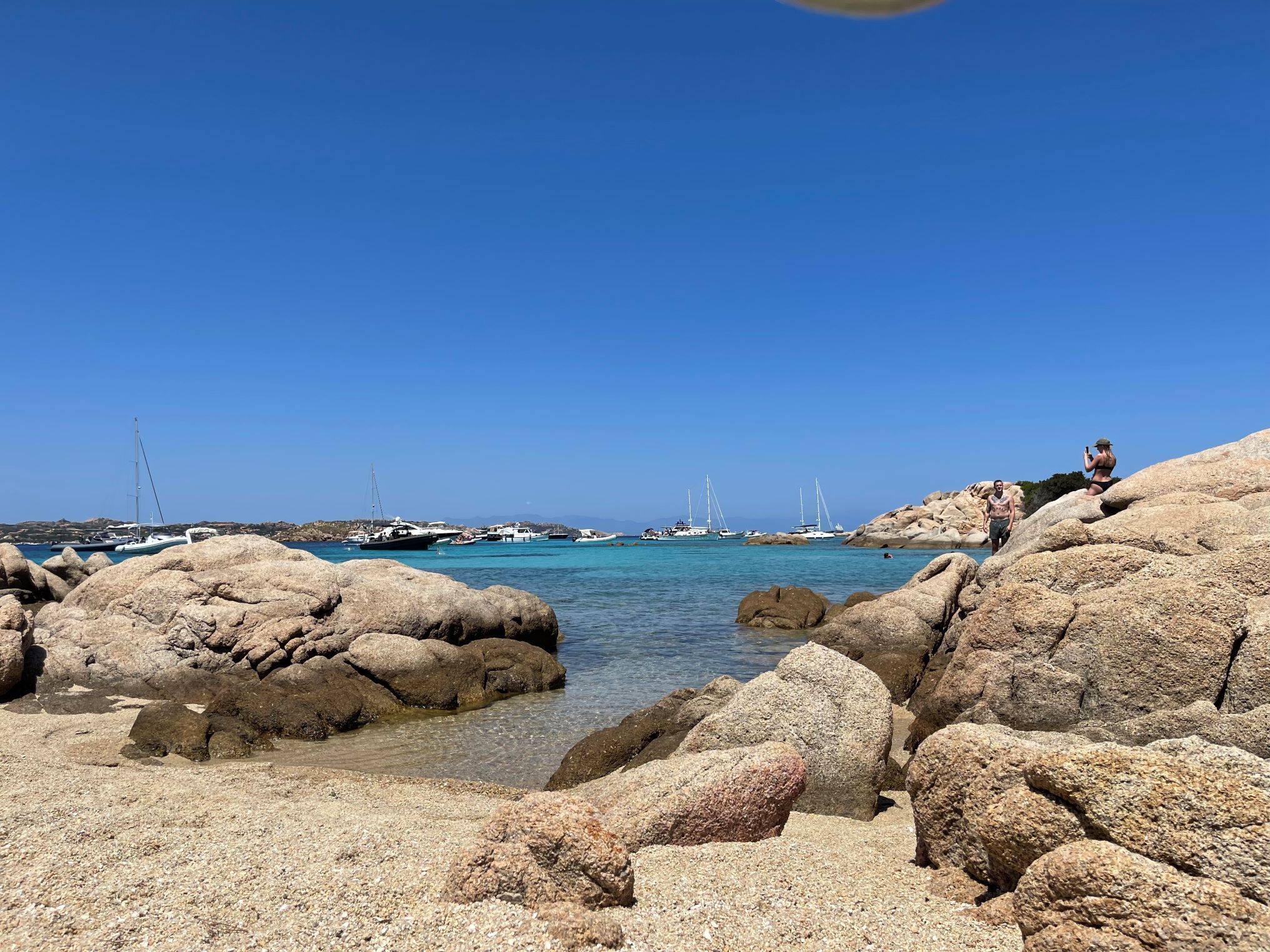 WHAT TO SEE
WHAT TO SEE
Trekking through the scrub to reach them is a spectacular experience by itself. Caprera has a rich history; there are goats (“capre”, hence the name) and wild boars around. But also, several military fortifications built at the end of the XIX century, such as Poggio Rasu. They are mostly in ruins, but their position offers incomparable views over the islands and their juxtaposing cliffs, the Sardinian coast in the South, and Corsica in the north. On Caprera you may also spend a couple of hours visiting the house-museum of Giuseppe Garibaldi, one of the makers of the Italian Unification. A soldier and, at least in the beginning, a Republican, Garibaldi engaged in many wars of liberation around the globe (also in Latin America; hence his nickname, The Hero of Two Worlds). He is an extremely popular figure in Italy. Captivated with Caprera’s beauty, he bought the island in the 1860s and made it his home, discovering a new passion for farming and a very modern attitude for sustainable living; he lies in the local cemetery with his fourth wife and several of his many children.












